UP TO THE MINUTE
Stop Sweating It: Dispelling 6 Myths About Household Humidity Problems
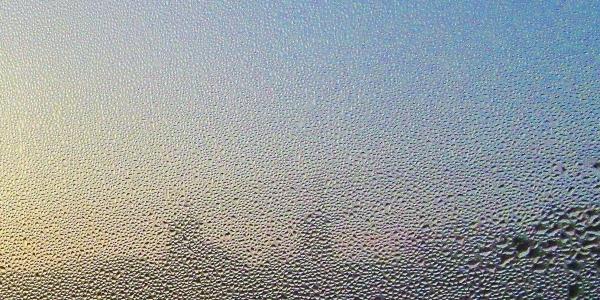
Metal roofs perform well in all kinds of climates, even humid ones.
Here are a few common myths about indoor household humidity issues and the truth about how your clients can address them, according to the experts at the Metal Roofing Alliance (MRA):
Myth 1 - Moist indoor air is mostly caused by high outside humidity levels
Truth: While high humidity in the summer can certainly contribute to a home’s occupants feeling sticky and damp, moist interior air is mainly caused by typical household activities that generate condensation, along with lack of proper ventilation. That includes doing laundry, bathing, and cooking.
Today’s tightly built homes don’t breathe as much — which has weatherization and energy efficiency benefits — but also can cause condensation issues. Moisture that once seeped through the walls and windows of older homes now may get trapped or migrate to the attic, leading to problems like mold if not addressed through good ventilation.
Myth 2 - An airtight attic is the best way to prevent dampness and increase energy efficiency
Truth: Proper ventilation in the attic space is vital to keep moist air from being trapped and insulation must be kept dry and fluffy to effectively do its job. Studies show that for every one percent increase in insulation moisture, there’s a loss of up to 2.5 percent of insulation R-value. Inadequate ventilation can cause higher energy bills in summer and can lead to ice dams in the winter.
To control attic moisture and condensation, roof ventilation should follow building science: soffit vents typically act as intake vents, with air exhausted out of the top. As a rule of thumb, ventilation should be a 50/50 split between intake (usually soffits) and exhaust (typically near the roof ridge) with enough vents to effectively balance the overall cubic feet of air space.
“It’s important to keep in mind that a quality metal roof will naturally minimize heat gain into the attic, and proper ventilation will allow any gained heat to be released, helping increase energy efficiency,” said Todd Miller, president of Isaiah Industries and MRA board member.
Myth 3 - Metal roofs cause more condensation as compared to other options
Truth: Metal is non-porous, transmits heat and cold quickly, and is generally cool. When moist, warmer air contacts the metal roof, it can cause condensation to be more noticeable. However, when properly installed, metal roofs do not cause more interior moisture problems than any other roofing type.
Best practices include installing a metal roof over good quality decking and paying attention to details such as thermal break, which simply refers to allowing for enough airspace between the metal material and roof decking. Some metal roofing styles such as metal tiles have air space already incorporated as part of their design, helping prevent condensation.
Myth 4 - It’s a good idea to allow interior moisture to escape through the ceiling.
Truth: While ventilation in the attic is essential, preventing moist air from escaping through a ceiling in the first place also is key. Consider using a vaper barrier between the ceiling and attic space to prevent moisture from rising. Even using an oil-based paint for the ceiling can be a decent barrier. Seal all ceiling penetrations such as around canned lights. Use ceiling fans and run an A/C fan to circulate interior air. Make sure exhaust fans for bathrooms, kitchens and laundry areas are exhausting directly outdoors, not into the attic.
Myth 5 - When it comes to exhausting indoor air, the more the better
Truth: As much as ventilation is critical, an imbalanced system can cause issues. Too much exhaust without enough intake will be starved for air, working backwards by drawing in unconditioned outside air and trapping moisture, potentially causing leaks and damp insulation. Likewise, too much intake may lead to cracked or collapsed ceilings in the event of severe winds and air pressure when air rushes in but can’t get out.
Myth 6 - Unless I see a mold problem, it’s hard to tell if there’s too much moisture inside the house
Truth: A protimeter is used to check the moisture levels — this device checks the moisture level in the wood and insulation. Up to 10 percent of moisture is typical, and anything above that is a concern for condensation problems and organic growth issues. Also check living spaces for mold and high moisture levels. Use your nose as a guide and look in closets, behind furniture, the basement and crawlspaces if you suspect a problem.
About The Metal Roofing Alliance (MRA)
Representing the residential metal roofing industry in the United States and Canada, the Metal Roofing Alliance (MRA) was formed to help educate consumers about the many benefits of metal roofing. For more information about MRA membership, residential metal roofing resources and tools, visit MRA at www.metalroofing.com.
Recommended For You
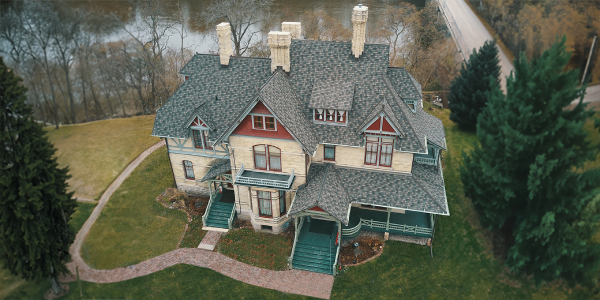
Metal is more than just mettle
Read More ...
Location Matters – Re-roofing Your Home With Environment in Mind
Read More ...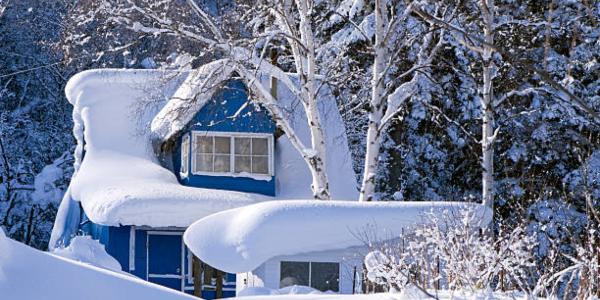
Snow Problem: TRA Snow & Sun Has Your Snow Retention Needs Covered
Read More ...


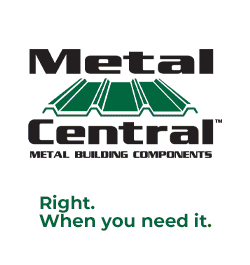

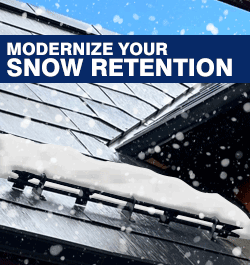










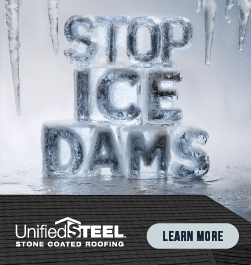
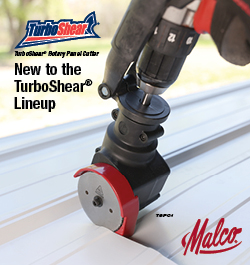
Comments
Leave a Reply
Have an account? Login to leave a comment!
Sign In